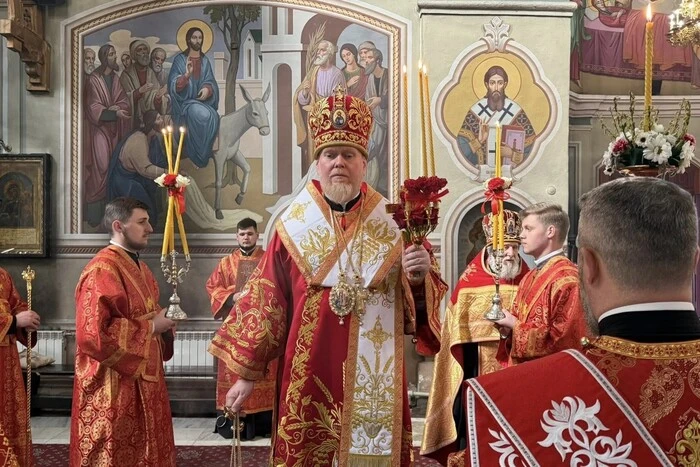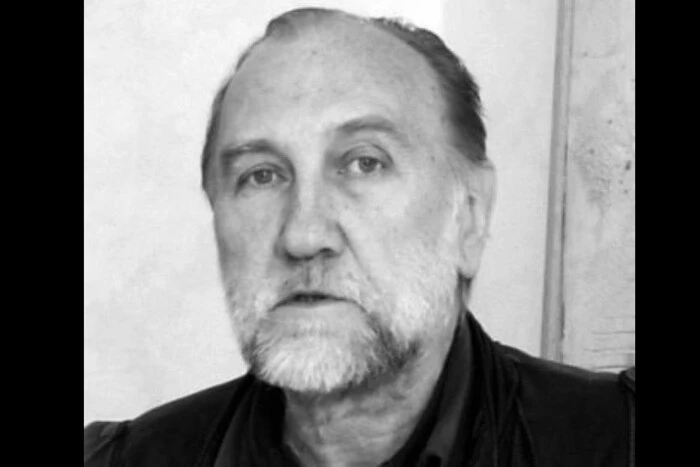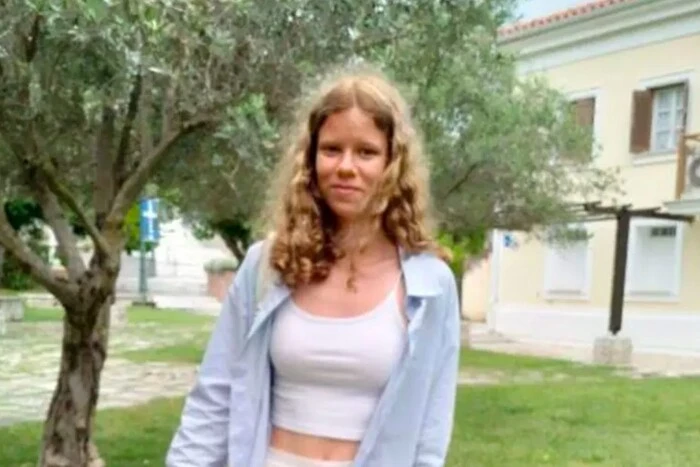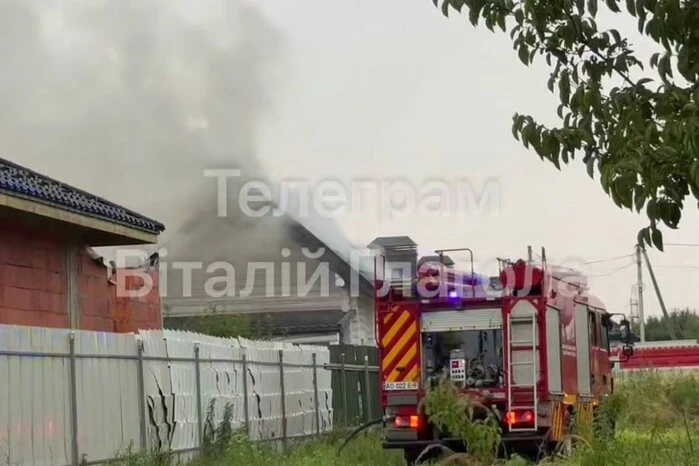Archbishop Zorya hinted at why the head of the Kyiv-Pechersk Lavra was suddenly dismissed.


A version of the dismissal of the director of the Kyiv-Pechersk Lavra has been put forward
The deputy head of the Department for External Church Relations of the Orthodox Church of Ukraine (OCU), Archbishop Yevstratii Zorya, expressed his version regarding the dismissal of the director of the Kyiv-Pechersk Lavra, Maksym Ostapenko. According to Zorya, the reason for this was the continued presence of representatives of the Ukrainian Orthodox Church (Moscow Patriarchate) on the territory of the Lavra without proper permissions.
According to a post on Facebook, the archbishop spoke about a number of problems related to the presence of representatives of the UOC (MP) on the shared territory. Zorya noted that formally, the UOC (MP) has no rights to stay at the Kyiv-Pechersk Lavra.
«The fact that these problems were not publicized by the OCU does not mean that they did not exist and do not exist,» emphasized Zorya.
It should be noted that the Ministry of Culture and Strategic Communications of Ukraine dismissed the director of the national reserve «Kyiv-Pechersk Lavra», Maksym Ostapenko. The reason for his dismissal was the improper fulfillment of contract terms and identified violations in the operation of the reserve. The official reason for the dismissal was noted to be these violations.
Text Analysis
The text highlights the problems of the national reserve 'Kyiv-Pechersk Lavra' and the conflict related to the presence of representatives of the UOC (MP) on the territory of the Lavra. This resulted in the dismissal of director Maksym Ostapenko. Archbishop Yevstratii's statement includes several incidents where illegal activities of representatives of the UOC (MP) were observed on territory where they formally have no right to be. This conflict is part of a broader issue of religious orientation and influence on cultural objects in Ukraine.
Read also
- Frontline Situation as of July 7. General Staff Summary
- Ukrainian artist Volodymyr Naumets has passed away
- Heatwave to hit Ukraine with temperatures up to +34: Meteorologists name the regions that will be affected by bad weather
- Ukrainian student missing in Italy while on internship at a resort
- A house in Uzhhorod caught fire after being struck by lightning (video)
- The Cabinet has approved new rules for transporting animals on buses









